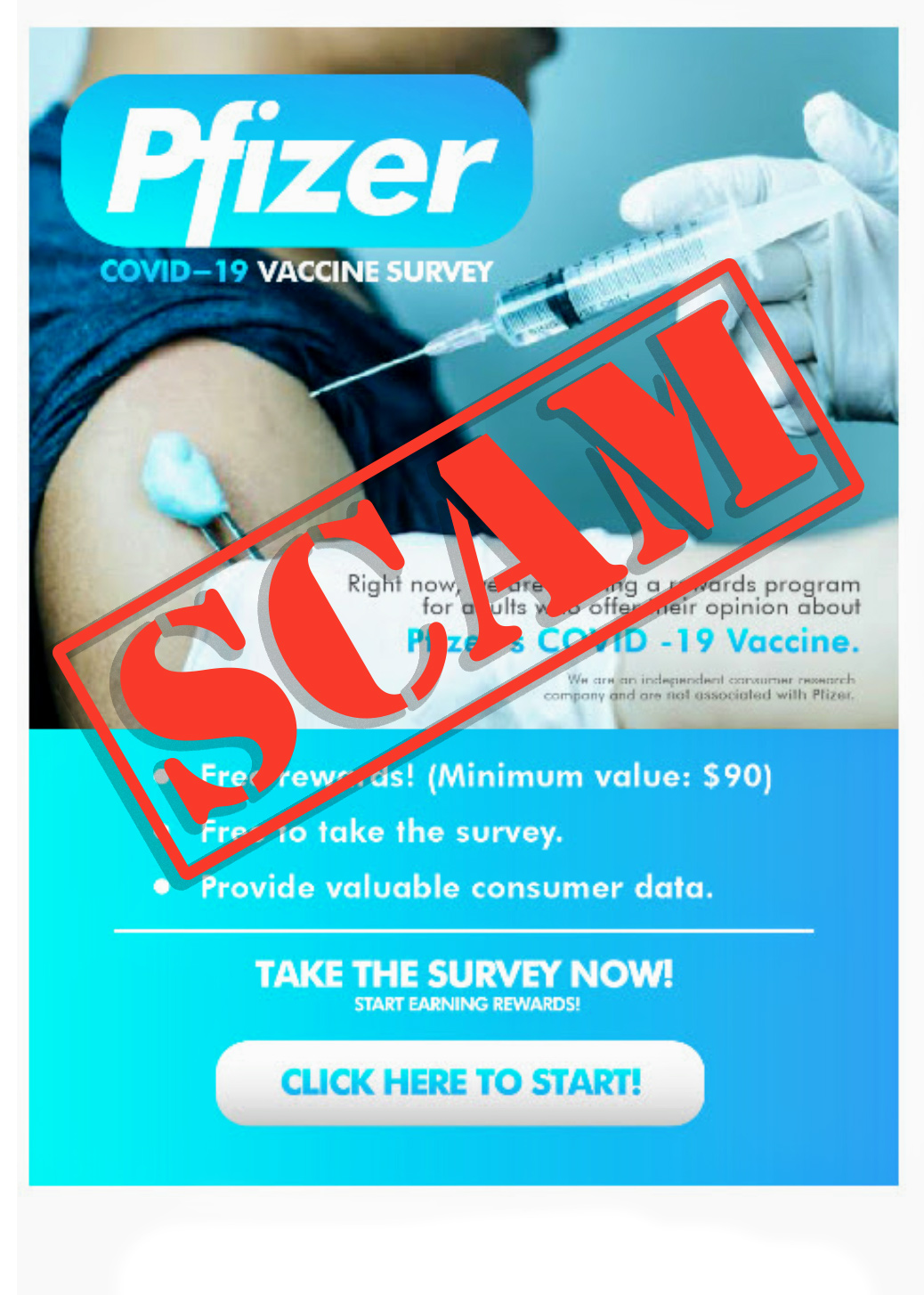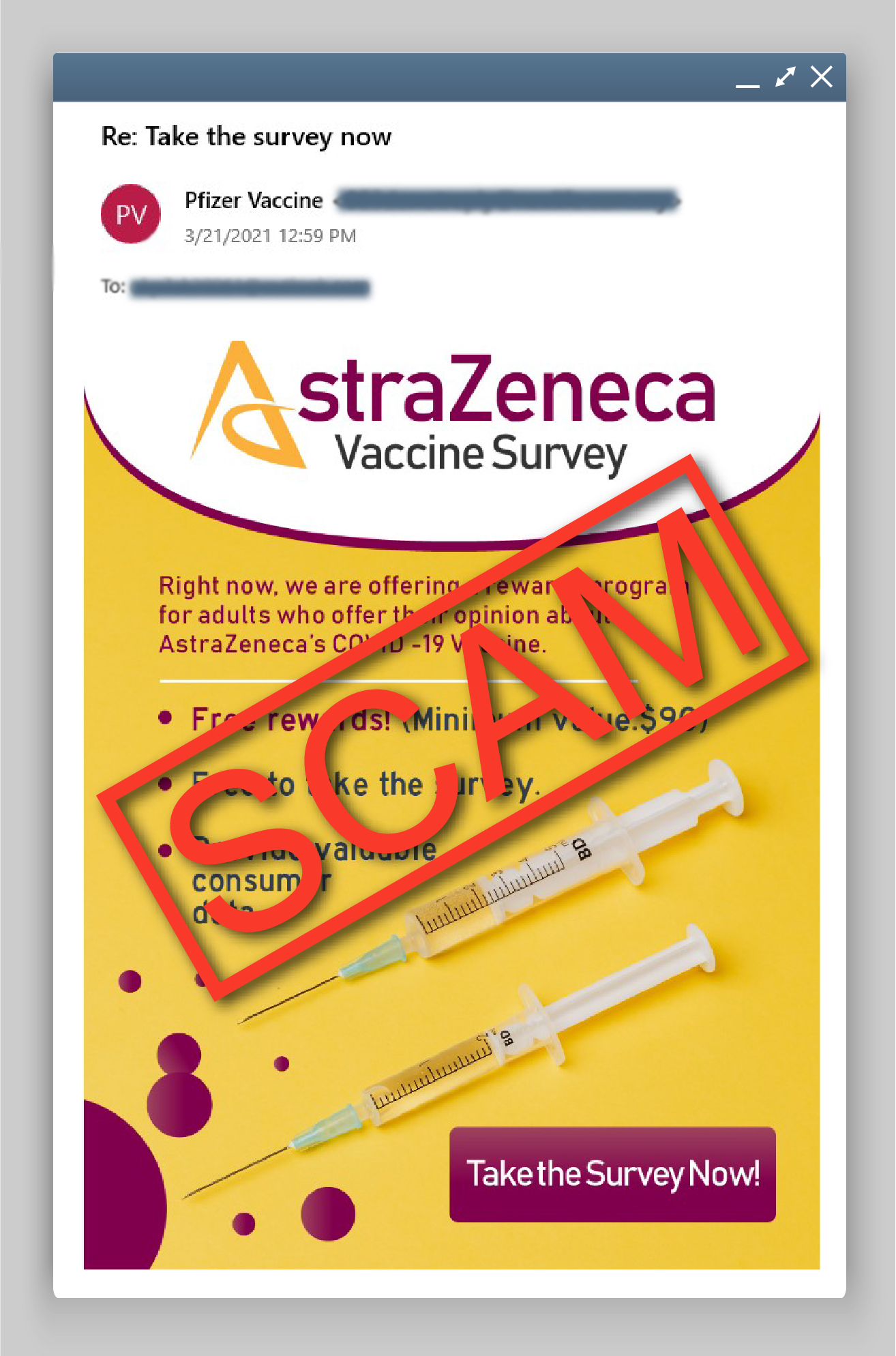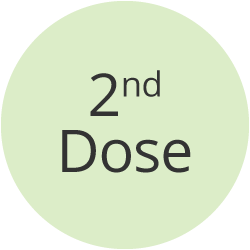"Today’s lawmakers and congressional aides, as well as commentators and scholars, recognize
that Congress’s lawmaking role does not end when it passes legislation. Oversight is considered
fundamental to making sure that laws work and are being administered in an effective, efficient,
and economical manner. This function is seen as one of Congress’s principal roles as it grapples
with the complexities of American government.
A fundamental objective of the Congressional Oversight Manualis to assist Members,
committees, and legislative staff in carrying out this vital legislative function. It is intended to
provide a broad overview of the procedural, legal, and practical issues that are likely to arise as
Congress conducts oversight. This includes information on the mechanics of oversight practice
based on the House and Senate rules, common investigative techniques, and an inventory of
statutes that impact oversight activity. In addition, the Manual discusses important legal
principles that have developed around Congress’s oversight practice. It is not intended to address
all the legal issues that committees, Members, and staff may encounter when engaged in
investigative activities. The Manual is organized both to address specific questions and to
support those seeking a general introduction to or broader understanding of oversight practice..."
Congressional Oversight
Scammers are using a new trick to steal your money and personal information: a bogus COVID vaccine survey.
People across the country are reporting getting emails and texts out of the blue, asking them to complete a limited-time survey about the Pfizer, Moderna, or AstraZeneca vaccine. (And no doubt, there may be one for Johnson & Johnson, too.) In exchange, people are offered a free reward, but asked to pay shipping fees.
If you get an email or text like this, STOP. It’s a scam.



No legitimate surveys ask for your credit card or bank account number to pay for a “free” reward.
If you get an email or text you’re not sure about:
- Don’t click on any links or open attachments. Doing so could install harmful malware that steals your personal information without you realizing it.
- Don’t call or use the number in the email or text. If you want to call the company that supposedly sent the message, look up its phone number online.
Remember:
- Don’t give your bank account, credit card, or personal information to someone who contacts you out of the blue.
- You can filter unwanted text messages on your phone, through your wireless provider, or with a call-blocking app.
- If you get an email or text that asks for your personal information and you think it could be a scam, tell the FTC at ReportFraud.ftc.gov.
To learn more about COVID-related frauds and scams, visit ftc.gov/coronavirus/scams..."
Bogus COVID-19 survey




